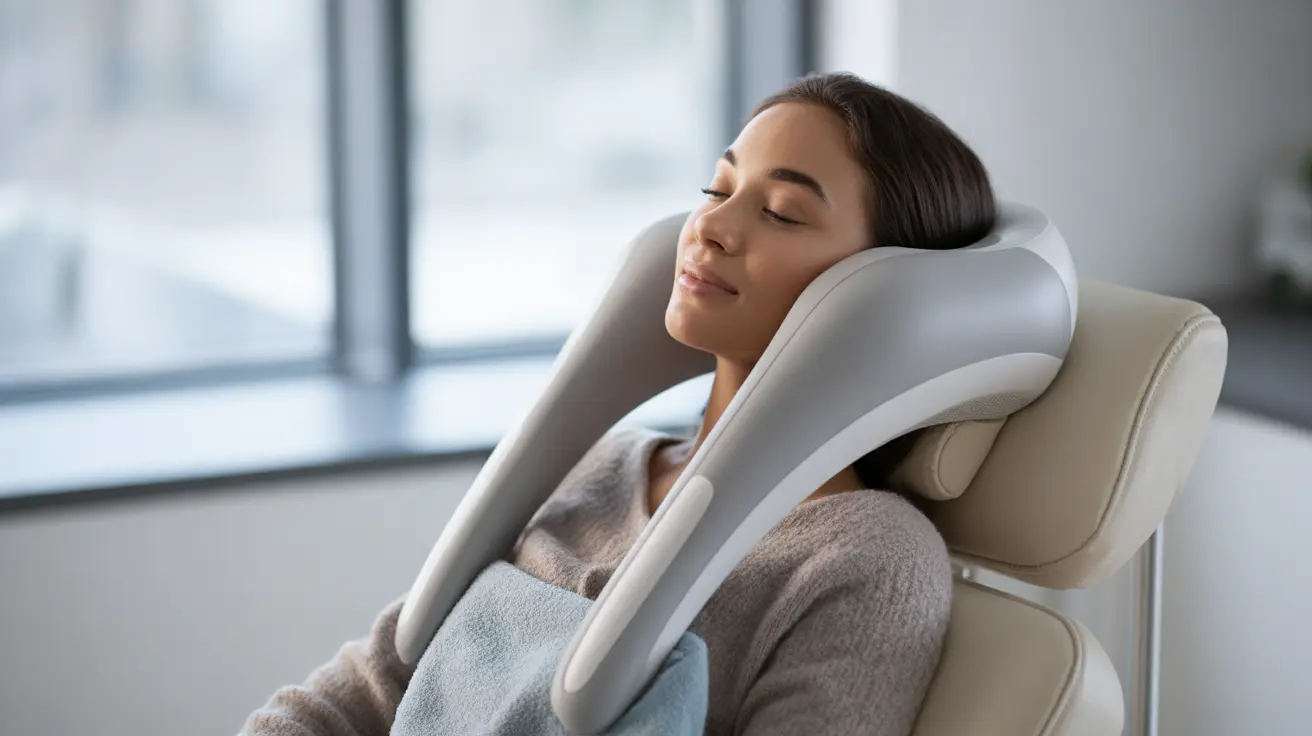Cervical traction therapy is a specialized treatment method that can provide significant relief for various neck conditions and associated symptoms. This therapeutic approach works by gently stretching the neck muscles and creating space between vertebrae, potentially offering relief from pain and improving mobility. Understanding how this treatment works and when it's appropriate can help you make informed decisions about your neck health.
Whether administered by a healthcare professional or through home devices, cervical traction has gained recognition as a valuable tool in managing neck-related conditions. Let's explore the benefits, applications, and important considerations of this therapeutic technique.
How Cervical Traction Works
Cervical traction operates on a simple yet effective principle: controlled stretching of the neck area. This process creates space between the vertebrae, which can decompress nerve roots, reduce pressure on spinal discs, and relax tense muscles. The stretching force can be applied mechanically, manually, or through specialized devices designed for home use.
Mechanical vs. Manual Traction
Professional settings typically offer two main approaches to cervical traction:
- Mechanical traction: Uses specialized equipment to apply precise, controlled force
- Manual traction: Performed by a trained healthcare provider using their hands to create gentle stretching
Benefits and Treatment Applications
Cervical traction therapy can address various conditions affecting the neck and upper spine:
- Cervical herniated discs
- Neck muscle strain
- Cervical spondylosis
- Pinched nerves
- Cervical radiculopathy
- General neck stiffness and tension
Treatment Effectiveness
The effectiveness of cervical traction varies among individuals and depends largely on the underlying condition being treated. Many patients report experiencing immediate relief during treatment, while others may require several sessions before noticing significant improvement.
Safety Considerations and Contraindications
While cervical traction is generally considered safe when properly administered, certain conditions may make it unsuitable:
- Acute neck injuries
- Bone infections
- Spinal tumors
- Rheumatoid arthritis in the cervical spine
- Cervical spine instability
- Severe osteoporosis
Home Traction Devices and Usage
Home cervical traction devices come in various forms, from over-the-door systems to inflatable collar devices. When using these devices, it's crucial to:
- Follow manufacturer instructions precisely
- Start with shorter sessions (10-15 minutes)
- Use appropriate weight as recommended by your healthcare provider
- Maintain proper positioning throughout the session
- Stop immediately if you experience increased pain or discomfort
Frequently Asked Questions
What conditions can cervical traction help treat and how does it relieve neck pain? Cervical traction helps treat conditions such as herniated discs, pinched nerves, and muscle strain by creating space between vertebrae, reducing pressure on nerves and discs, and relaxing tense muscles. This mechanical separation can provide significant pain relief and improved mobility.
How safe is cervical traction and who should avoid this treatment? Cervical traction is generally safe when properly administered, but it's not suitable for everyone. People with acute neck injuries, bone infections, spinal tumors, severe osteoporosis, or cervical spine instability should avoid this treatment. Always consult a healthcare provider before starting traction therapy.
Can I use a cervical traction device at home, and what precautions should I take? Yes, home cervical traction devices are available, but they should only be used under professional guidance. Essential precautions include following device instructions carefully, starting with shorter sessions, using appropriate weight, and maintaining proper positioning. Never exceed recommended usage times or force levels.
What are the possible side effects or risks associated with cervical traction therapy? Possible side effects may include temporary muscle soreness, headache, or dizziness. More serious risks, though rare, can include increased pain, nerve irritation, or injury if the treatment is performed incorrectly or used by someone with contraindications.
How soon can I expect relief from neck pain after starting cervical traction treatment? Response times vary by individual and condition. Some patients experience immediate relief during or after treatment, while others may need several sessions over weeks to notice significant improvement. Consistent treatment following professional guidance typically yields the best results.




